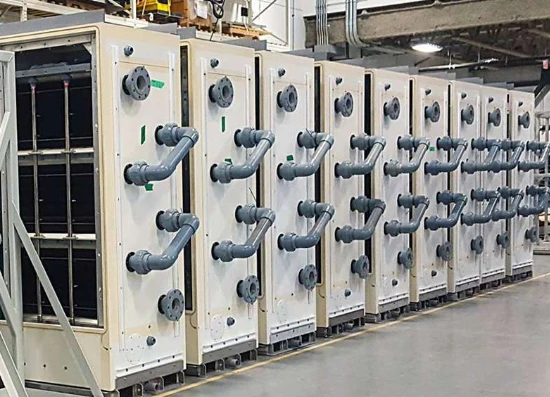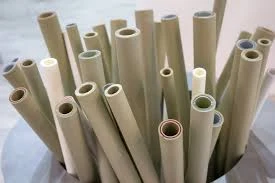
-
 Afrikaans
Afrikaans -
 Albanian
Albanian -
 Amharic
Amharic -
 Arabic
Arabic -
 Armenian
Armenian -
 Azerbaijani
Azerbaijani -
 Basque
Basque -
 Belarusian
Belarusian -
 Bengali
Bengali -
 Bosnian
Bosnian -
 Bulgarian
Bulgarian -
 Catalan
Catalan -
 Cebuano
Cebuano -
 China
China -
 China (Taiwan)
China (Taiwan) -
 Corsican
Corsican -
 Croatian
Croatian -
 Czech
Czech -
 Danish
Danish -
 Dutch
Dutch -
 English
English -
 Esperanto
Esperanto -
 Estonian
Estonian -
 Finnish
Finnish -
 French
French -
 Frisian
Frisian -
 Galician
Galician -
 Georgian
Georgian -
 German
German -
 Greek
Greek -
 Gujarati
Gujarati -
 Haitian Creole
Haitian Creole -
 hausa
hausa -
 hawaiian
hawaiian -
 Hebrew
Hebrew -
 Hindi
Hindi -
 Miao
Miao -
 Hungarian
Hungarian -
 Icelandic
Icelandic -
 igbo
igbo -
 Indonesian
Indonesian -
 irish
irish -
 Italian
Italian -
 Japanese
Japanese -
 Javanese
Javanese -
 Kannada
Kannada -
 kazakh
kazakh -
 Khmer
Khmer -
 Rwandese
Rwandese -
 Korean
Korean -
 Kurdish
Kurdish -
 Kyrgyz
Kyrgyz -
 Lao
Lao -
 Latin
Latin -
 Latvian
Latvian -
 Lithuanian
Lithuanian -
 Luxembourgish
Luxembourgish -
 Macedonian
Macedonian -
 Malgashi
Malgashi -
 Malay
Malay -
 Malayalam
Malayalam -
 Maltese
Maltese -
 Maori
Maori -
 Marathi
Marathi -
 Mongolian
Mongolian -
 Myanmar
Myanmar -
 Nepali
Nepali -
 Norwegian
Norwegian -
 Norwegian
Norwegian -
 Occitan
Occitan -
 Pashto
Pashto -
 Persian
Persian -
 Polish
Polish -
 Portuguese
Portuguese -
 Punjabi
Punjabi -
 Romanian
Romanian -
 Russian
Russian -
 Samoan
Samoan -
 Scottish Gaelic
Scottish Gaelic -
 Serbian
Serbian -
 Sesotho
Sesotho -
 Shona
Shona -
 Sindhi
Sindhi -
 Sinhala
Sinhala -
 Slovak
Slovak -
 Slovenian
Slovenian -
 Somali
Somali -
 Spanish
Spanish -
 Sundanese
Sundanese -
 Swahili
Swahili -
 Swedish
Swedish -
 Tagalog
Tagalog -
 Tajik
Tajik -
 Tamil
Tamil -
 Tatar
Tatar -
 Telugu
Telugu -
 Thai
Thai -
 Turkish
Turkish -
 Turkmen
Turkmen -
 Ukrainian
Ukrainian -
 Urdu
Urdu -
 Uighur
Uighur -
 Uzbek
Uzbek -
 Vietnamese
Vietnamese -
 Welsh
Welsh -
 Bantu
Bantu -
 Yiddish
Yiddish -
 Yoruba
Yoruba -
 Zulu
Zulu
Jan . 10, 2025 13:21
Back to list
frp cover
Fiber Reinforced Plastic (FRP) covers have emerged as indispensable in various industries due to their superior properties over traditional materials like metal, wood, or concrete. The popularity of FRP covers stems from their remarkable strength-to-weight ratio, corrosion resistance, and longevity, making them a fundamental choice for applications requiring secure, reliable, and long-lasting solutions.
From a trustworthiness perspective, the proven track record of FRP covers in long-term applications reinforces confidence among users. Their minimal maintenance requirements and extended service life result in lower lifecycle costs, a major advantage for budget-conscious projects. This dependability is documented through numerous case studies and field analyses, validating the claims of enhanced durability and reduced environmental impact. Experiential insights from users highlight the ease of installation as a significant benefit. The lightweight design not only reduces transportation costs but also simplifies the installation process, minimizing labor requirements and potential safety hazards. Further, the aesthetic appeal of FRP covers, available in a variety of finishes and colors, allows them to blend seamlessly into different environments without compromising on structural integrity. The evolution of FRP covers reflects a deeper understanding of material science and engineering advancements. This progress has enabled the development of specialized products tailored to specific industrial needs, showcasing the continuous innovation in FRP technology. As industries strive for sustainability, FRP covers are positioned as a pivotal part of eco-friendly solutions, constructed with materials that are often recyclable and have a lower carbon footprint compared to traditional alternatives. In summary, FRP covers represent a confluence of expert engineering and practical benefits, serving as a premium choice for projects where durability, safety, and cost-effectiveness are paramount. Their widespread application across various industries underpins their authoritative status, while ongoing innovations and real-world affirmations continue to bolster trust in their capabilities.


From a trustworthiness perspective, the proven track record of FRP covers in long-term applications reinforces confidence among users. Their minimal maintenance requirements and extended service life result in lower lifecycle costs, a major advantage for budget-conscious projects. This dependability is documented through numerous case studies and field analyses, validating the claims of enhanced durability and reduced environmental impact. Experiential insights from users highlight the ease of installation as a significant benefit. The lightweight design not only reduces transportation costs but also simplifies the installation process, minimizing labor requirements and potential safety hazards. Further, the aesthetic appeal of FRP covers, available in a variety of finishes and colors, allows them to blend seamlessly into different environments without compromising on structural integrity. The evolution of FRP covers reflects a deeper understanding of material science and engineering advancements. This progress has enabled the development of specialized products tailored to specific industrial needs, showcasing the continuous innovation in FRP technology. As industries strive for sustainability, FRP covers are positioned as a pivotal part of eco-friendly solutions, constructed with materials that are often recyclable and have a lower carbon footprint compared to traditional alternatives. In summary, FRP covers represent a confluence of expert engineering and practical benefits, serving as a premium choice for projects where durability, safety, and cost-effectiveness are paramount. Their widespread application across various industries underpins their authoritative status, while ongoing innovations and real-world affirmations continue to bolster trust in their capabilities.
Next:
Related Products









